I’ll give credit where credit is due. GM has stuck with the Volt even though it has never panned out to be the success that GM had originally hoped for. Part of this is due to the thought that they will take a look at the market and make that all important second shot count.
That was until today.
The first thought that came to mind was REALLY? You looked at the market and came up with THIS?
Maybe I am wrong here, but I was expecting more. More of a modern fluid design, more range, more everything in general. But in the end we have what we have.
Is the 2016 Volt all you thought it would be cracked up to be?
**The 2015 Detroit Auto Show (NAIAS) photo galleries are sponsored by Lexus.
galleries are sponsored by Lexus.
(NAIAS) Detroit Auto Show
2016 Chevrolet Volt Design Balances Aesthetics and Aerodynamics
The 2016 Chevrolet Volt with an all-new bold and flowing design makes a strong visual statement and contributes to its driving performance by maintaining an efficiency-enhancing profile with sportier, more aggressive proportions.“Customers were loud and clear: they wanted a sporty design that also allows for great EV road performance,” said John Cafaro, executive director, Chevrolet Global Design. “The new Volt delivers greater presence on the road and is exciting to drive.”
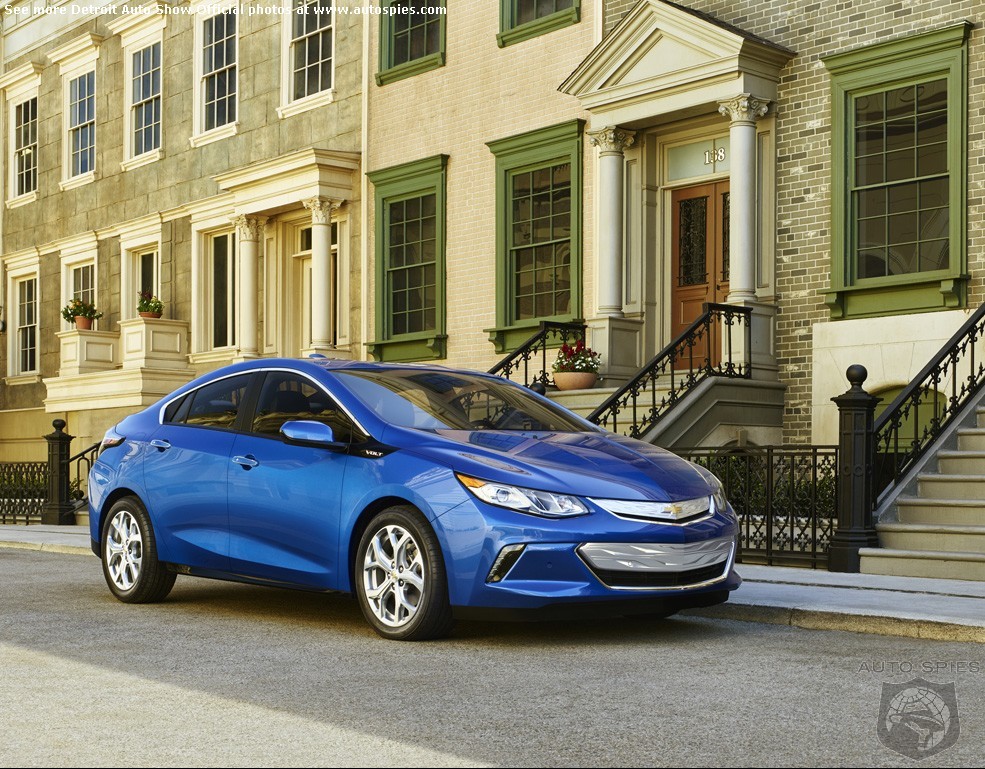
Sculpted and toned shapes were inspired by endurance athletes. Greater attention to detail in the design cues, materials and colors also lend a more premium, contemporary aura to its appearance.
“The new Volt’s design is all about windswept surfaces so everything flows together,” said Cafaro. “It’s a theme captured from the flowing lines of the fenders into the hood, to the carved body sides which are aerodynamically tuned and aligned with Chevrolet performance DNA.”
The new face of the Volt – its front fascia – suggests a sportier demeanor, but one that is still identifiable at a glance. Wave patterns are etched into bright upper and lower grille pads, which are flanked by aggressive-looking set back headlamps that flow into the front fenders, which blend into the hood.

A “NACA Duct” style roof adds to Volt’s design. The signature Volt logo is incorporated on the upper front fenders, just ahead of the outside mirrors – a carryover cue from the first-generation model.
The new Volt retains its hatchback versatility, but incorporates a sportier, tapered rear-end appearance characteristic of premium sports sedans. The rear panels flow into the black lower rear fascia, extending the sporty lines of the car. The Volt logo is positioned prominently at the center of the rear end, between the stylized tail lamps.
The lightweight alloy cast wheels echo the Volt’s body cues with a graphic pattern in the painted five-spoke design for the base model’s 17-inch wheels. The up-level model’s 17-inch wheels take on a higher-tech appearance with a split-Y design featuring ultra-bright, machined-face appearance with silver-painted pockets.

Aerodynamic considerations
Designers had to work with aerodynamic boundaries when crafting the Volt’s new form, ensuring the car would slip through the air as efficiently as possible to offer its General Motors’-estimated 50-mile all-electric range.
“With electric vehicles, such as the Volt, aerodynamics play a more important role in efficiency than conventional vehicles,” said Nina Tortosa, aerodynamics engineer. “The knowledge we took from the first-generation Volt and other recent Chevrolet cars allowed us greater leverage to work with a more flowing design.”
One of the key areas where designers paid close attention was the aerodynamic performance of the Volt’s rear end. While a longer, tapered tail generally means better aero performance, it can hamper cargo room and look slightly out of proportion.
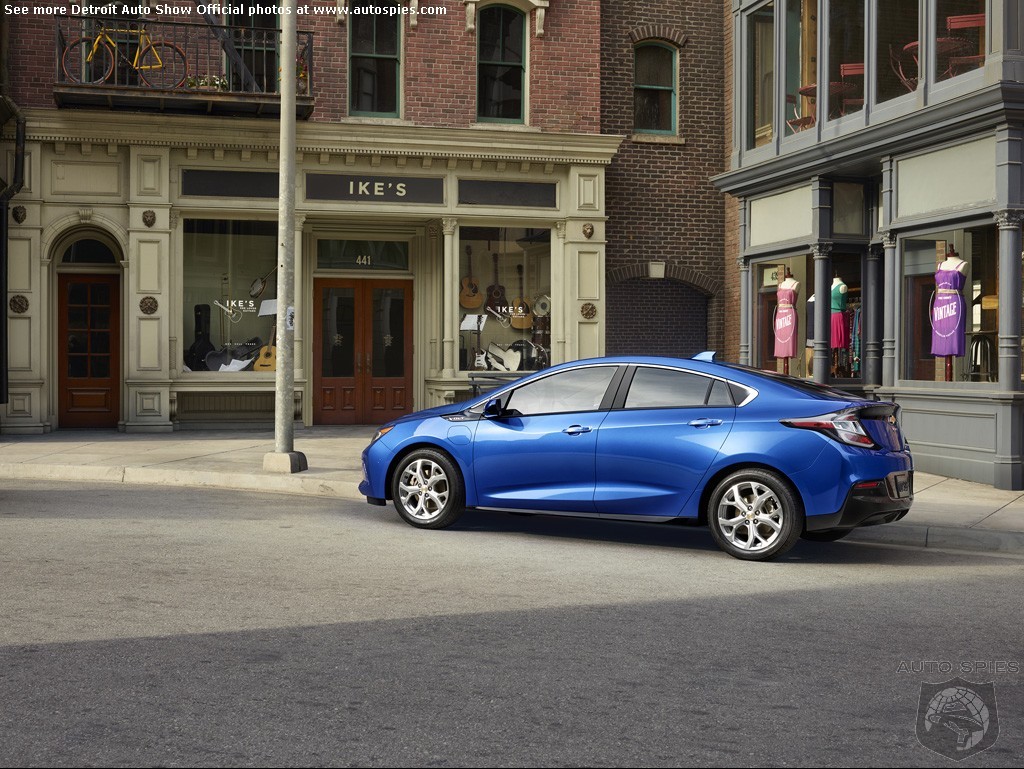
However, the teams devised a rear end design for the 2016 Volt that incorporates aero-optimized side panels that flow smoothly into a more rounded rear section with pushed-out corners.
Additional aerodynamic enhancements and new features include:
- A new shutter system behind the grille to manage airflow into the engine compartment, which enabled the designers’ desire for a shorter front overhang and wider grille opening – attributes that would typically add to aerodynamic drag. In typical highway driving when less airflow is required for cooling, the shutters close to block air from entering the engine compartment, reducing drag and enhancing efficiency
- Sculpted tail lamps were shaped in GM’s wind tunnel to minimize airflow disruption that adds drag, based on lessons engineers learned with the Chevrolet Impala
(NAIAS) Detroit Auto Show

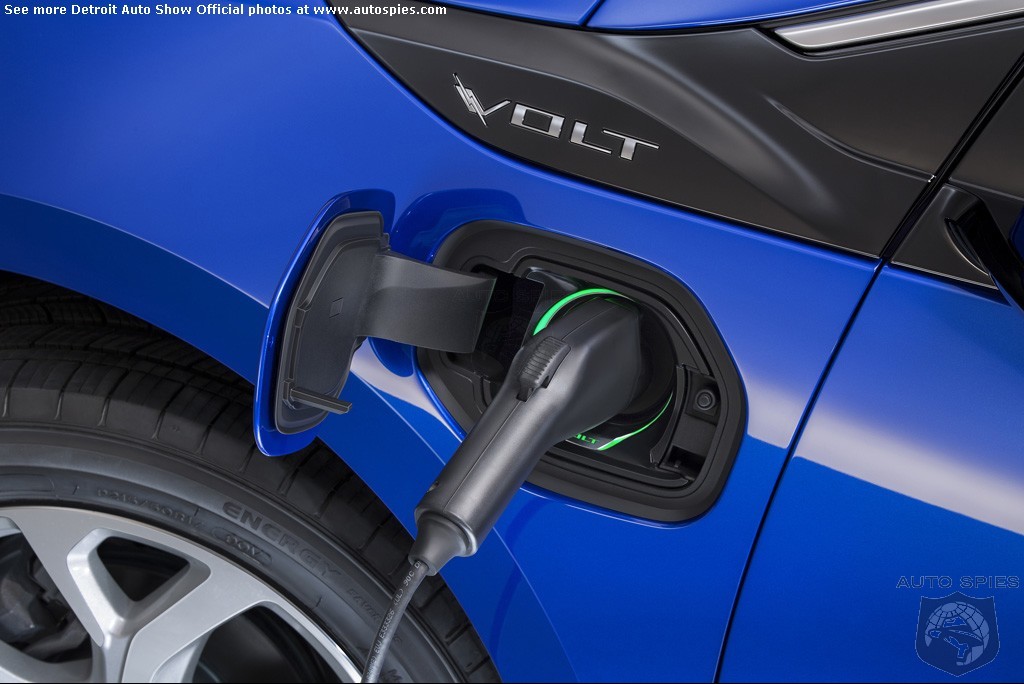





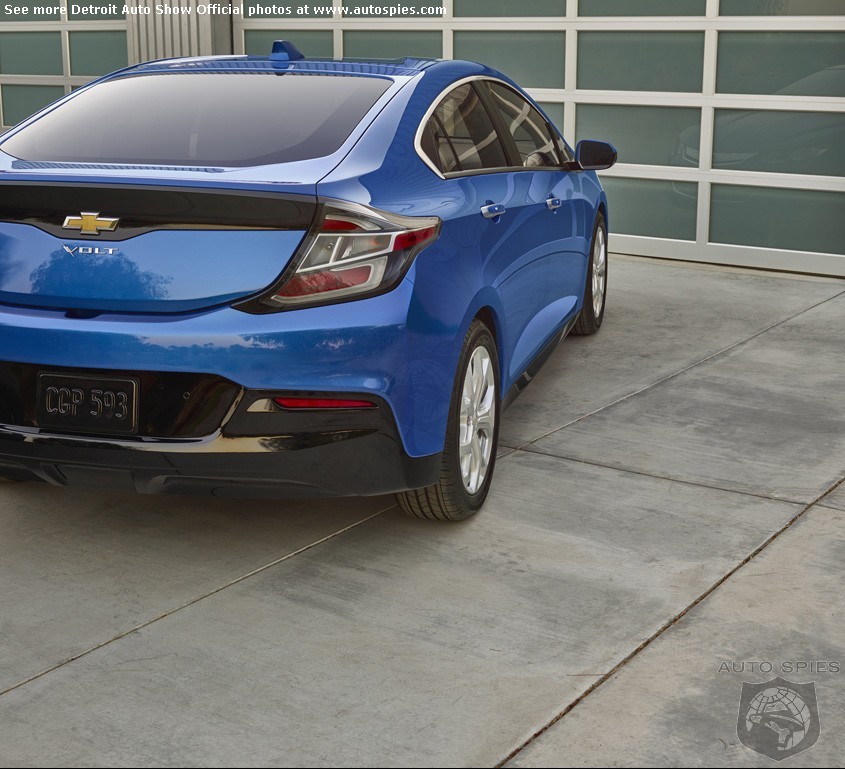
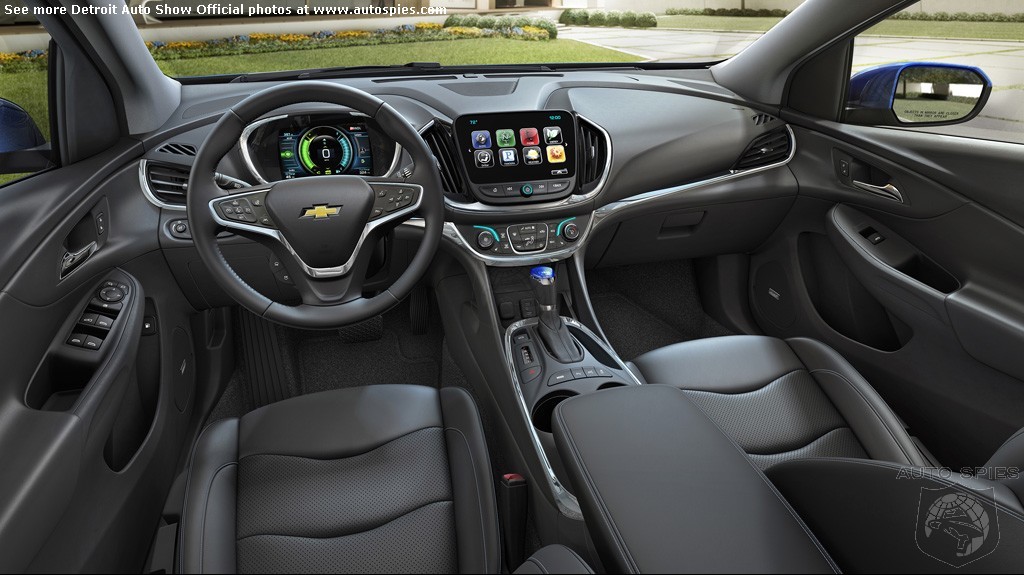
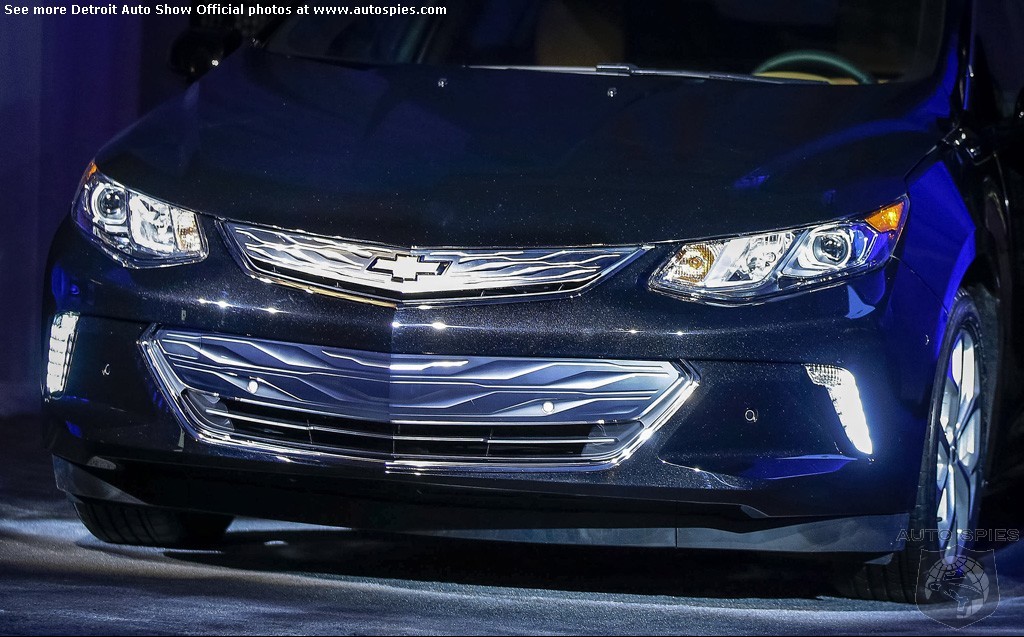


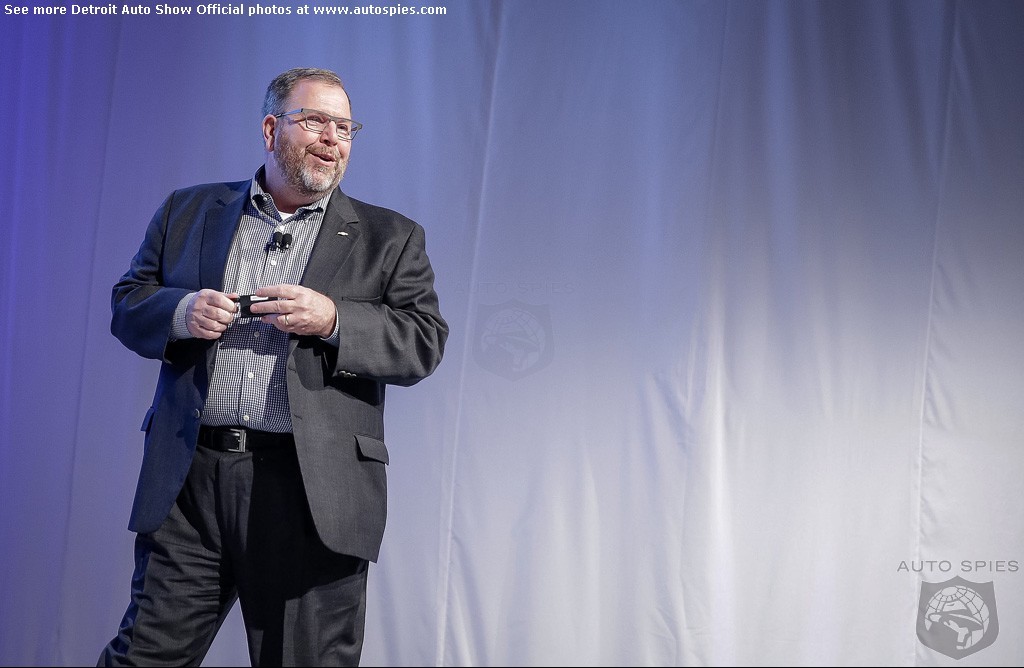
(NAIAS) Detroit Auto Show